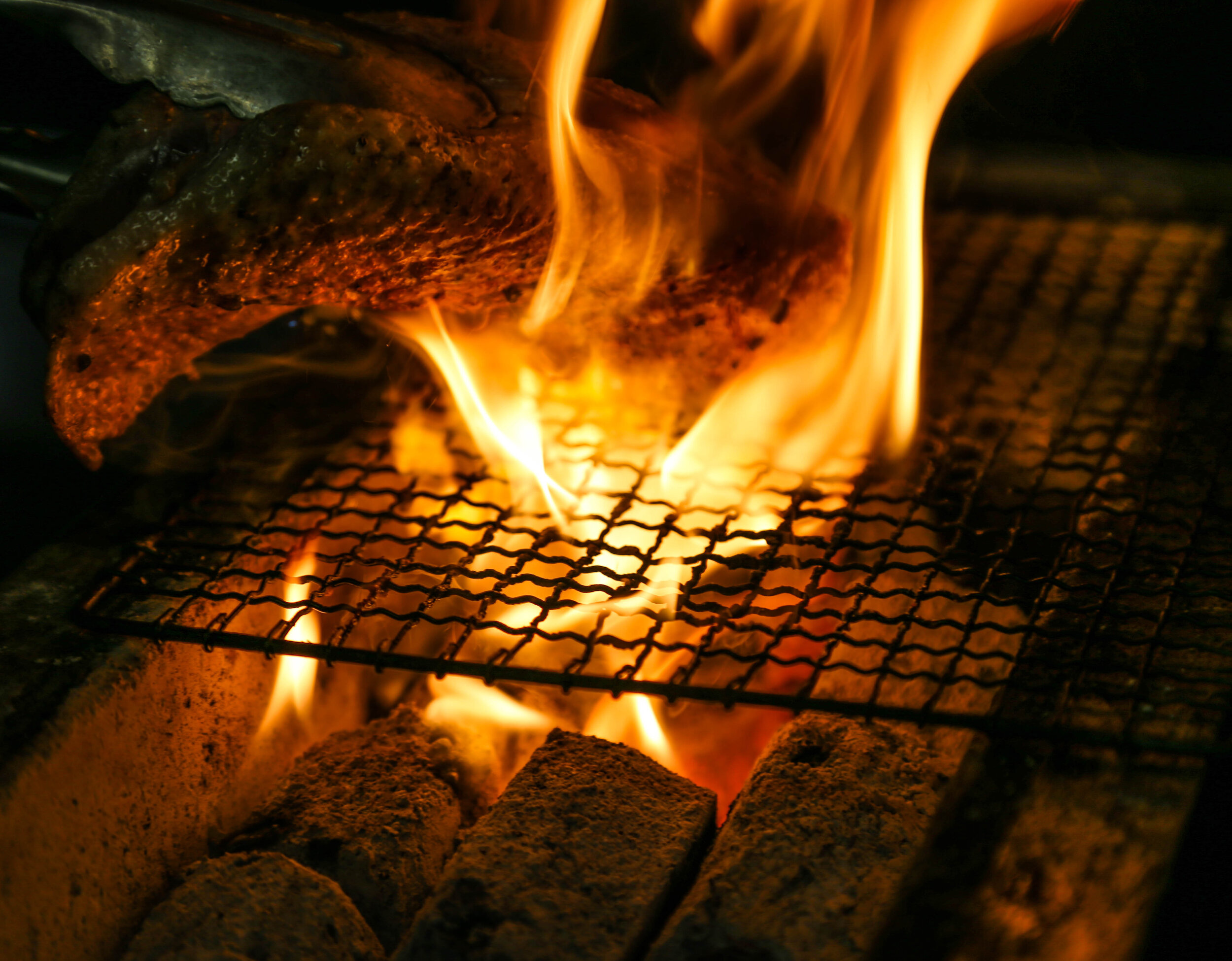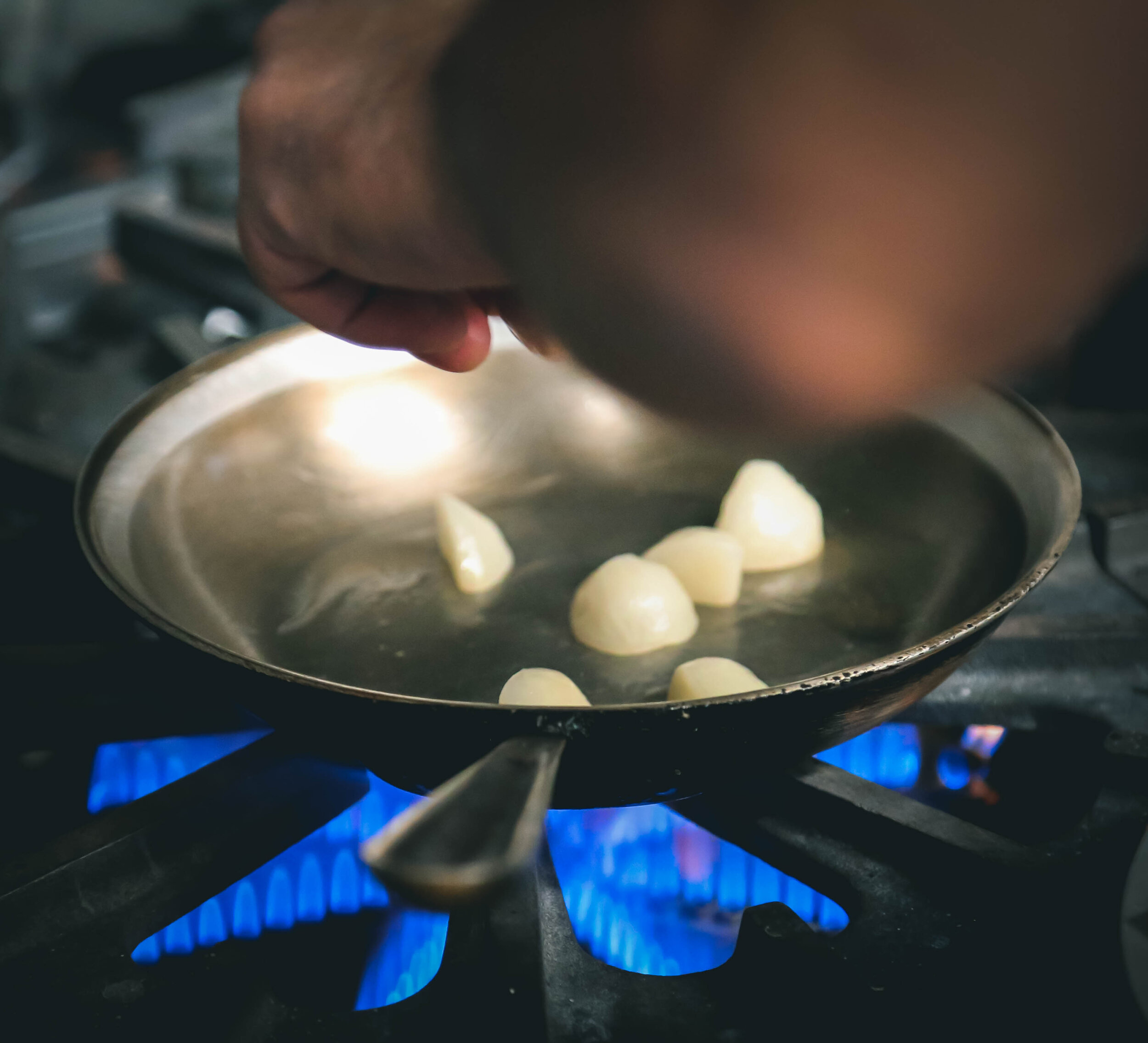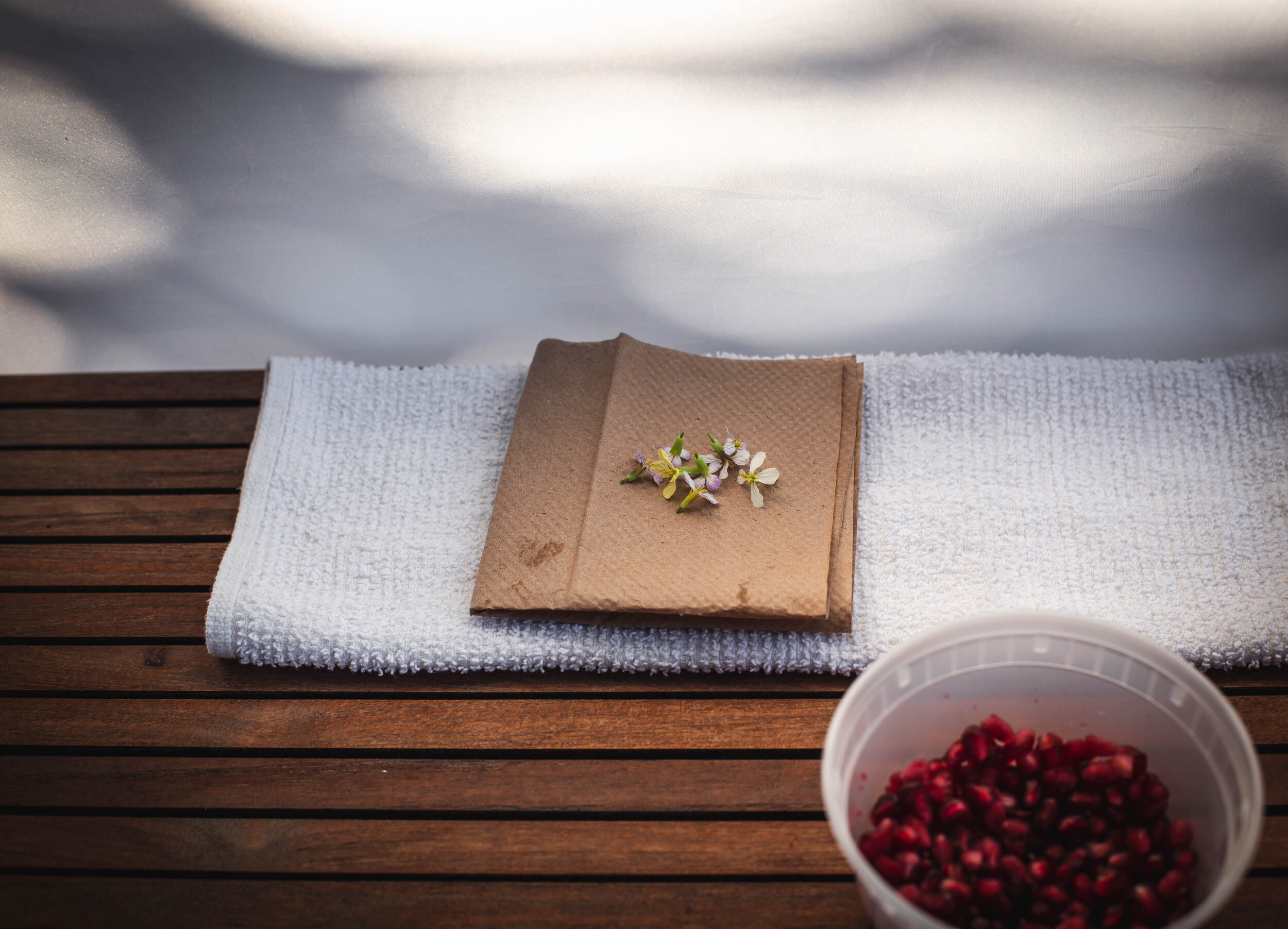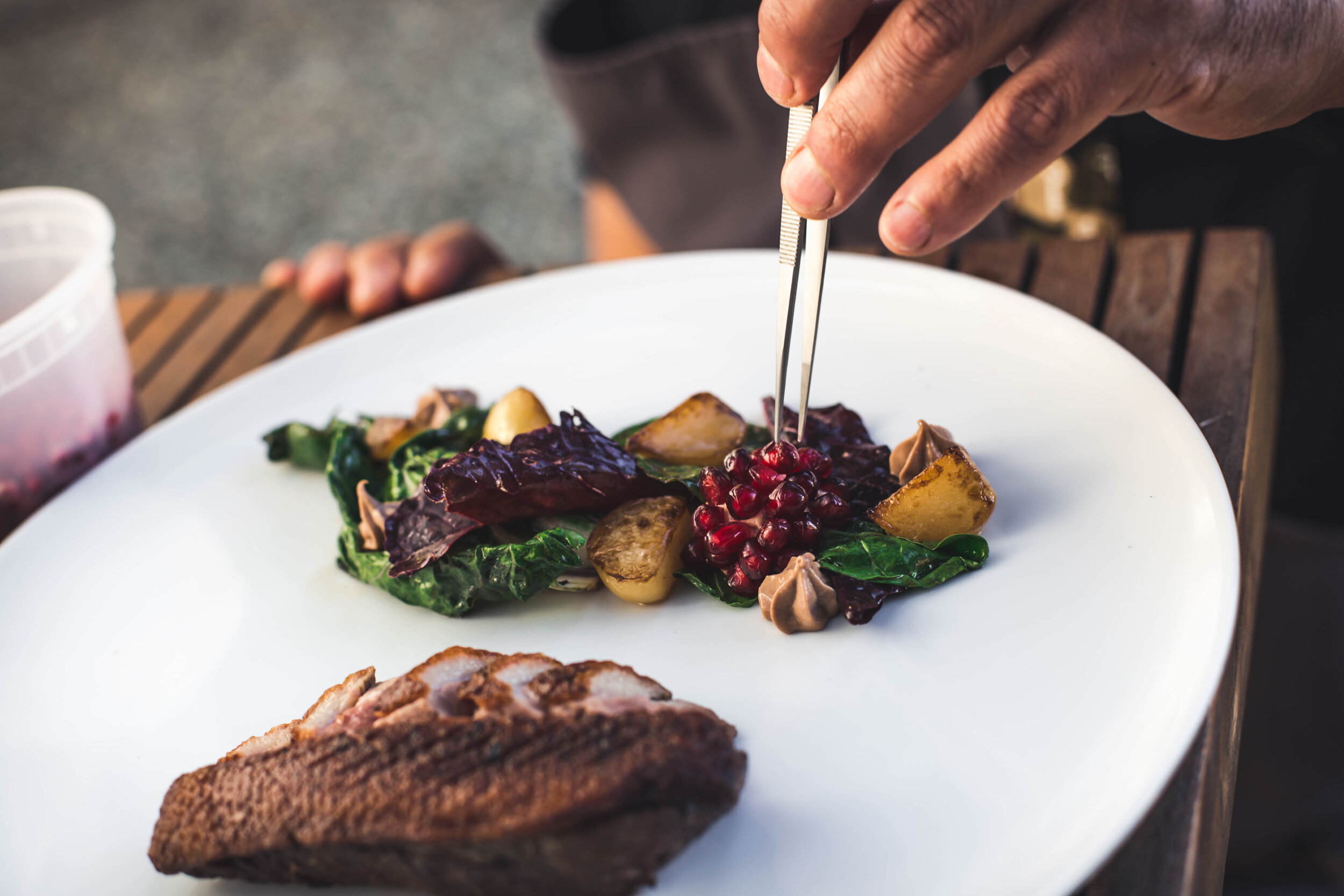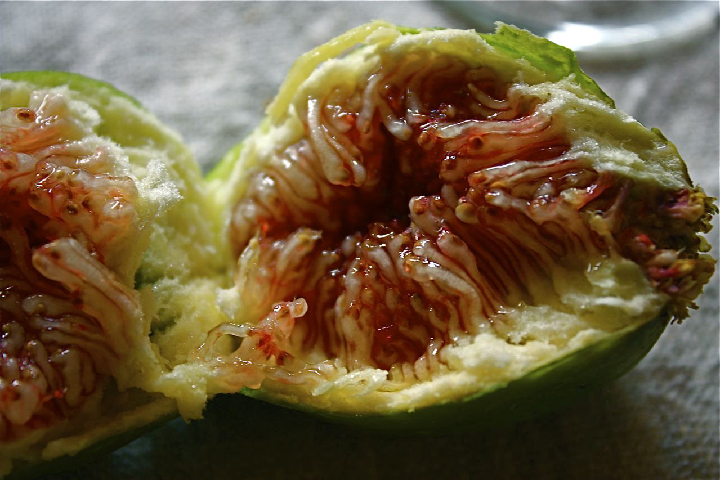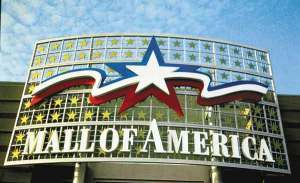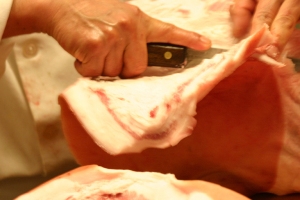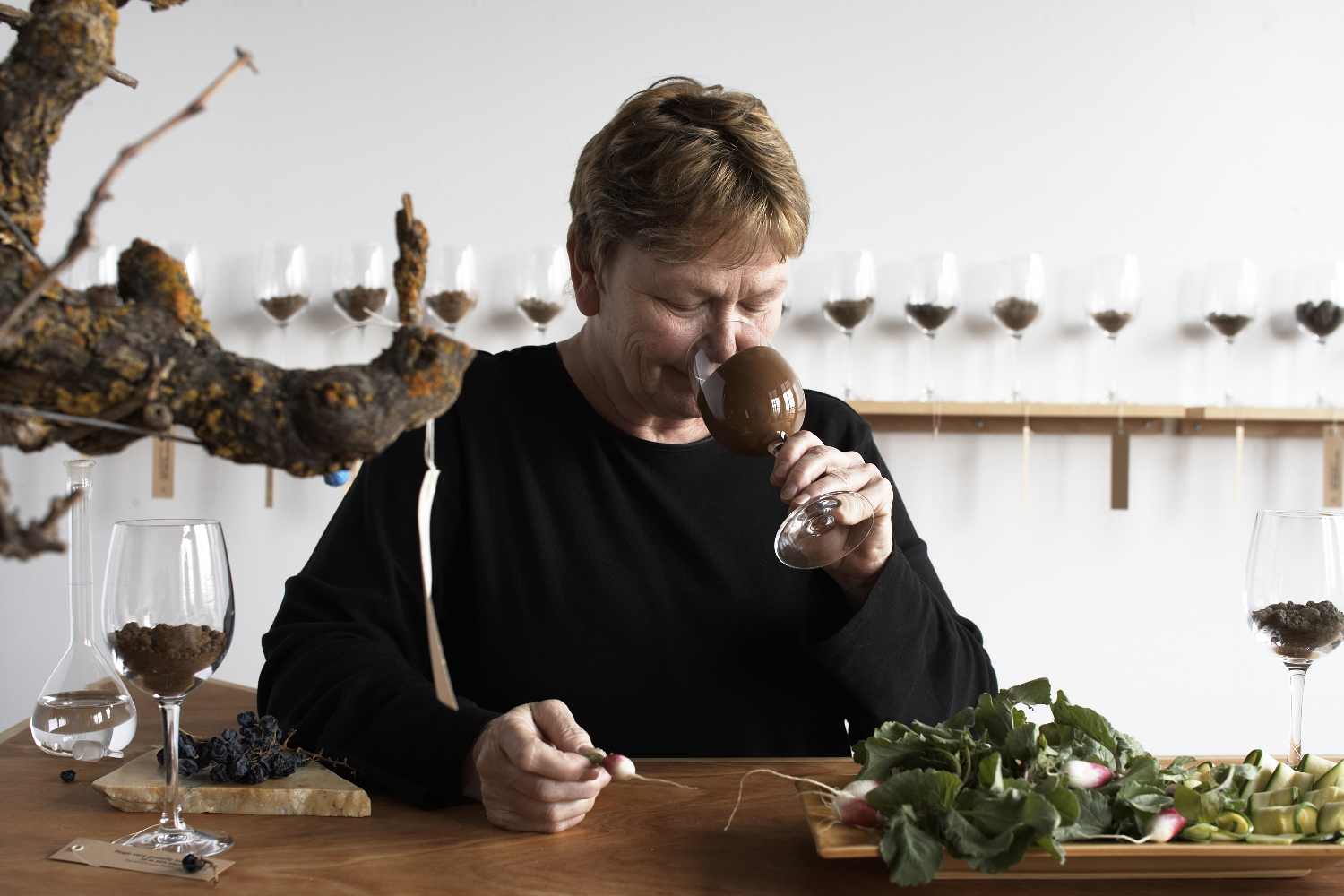Farm to table dining didn’t start out as a restaurant slogan. When the PR wunderkind searching for a nostalgic trigger to lure diners realized no one really remembered the dairy down the road, he or she was off and running. Dining is, after all, a state of mind even before the first mouthful. While it worked well in the lingua franca of the socially and morally conscious, once upon a time it would have raised eyebrows in rural communities where everything served in local restaurants came from a nearby farm or purveyor. What was grown locally was going to be the cheapest - and before farming became dependent on chemicals, tasted better too. If you lived in the countryside you were literally eating from the landscape you saw everyday. We all know what happened: as cities expanded land for growing food and raising animals and making things from scratch shrunk as a result. In many places farming communities disappeared altogether. Better land values, which is different from land usage, became the name of the game. In our lifetime we have seen supply chains that once barely stretched across state lines now easily spanning the globe.
Barndiva is blessed to be located in a once thriving farming community and our goal has always been to source as fully from it as we could, but truth be told we always somewhat uncomfortable with the term. We understood why ‘Aspiring Farm to Table’ didn’t play as well in the press, but what is the true litmus test for making this claim for your establishment? 80% local? For most restaurants 60% is an accomplishment when you consider the real cost of sourcing sustainably alongside trying to pay your staff equitable wages and offering health care, all while juggling the myriad of other overheads that go into running a restaurant. And to be clear, it isn’t just the cost and logistics of dealing with many small producers that send chefs who may long to source more locally to large and often global chain delivery services. It is customers wanting tomatoes in January, fresh raspberries in March. It’s having to contend with expectations around value for money.
None of this should be of concern to the diner who comes to escape their problems for a few hours, be fed and cared for body and (to some degree) soul. But keeping that view outside the kitchen windows whole, not cut up into pieces and filled with yet more fast food islands serving commercially produced shrink wrapped food, is why we got into this crazy assed business in the first place.
In publishing these images of the first new fall dishes from Jordan and Neidy, which as I’m writing this we are able to serve in the gardens though we await an imminent Covid closure of on-site dining and a shift back to To Go, I’m proud of how their remarkable skills make the most out of products that were entirely sourced from Marin, Sonoma and Mendocino Counties. Not just because they taste sublime (they do) but because they make it possible for us to continue to support smaller farms and purveyors who are also fighting for their businesses right now… and their way of life.
So whether it’s for a special occasion, or you can afford to dine out frequently, your support of restaurants that are trying their best to walk this walk is crucial right now. Read publications like Edible Marin, check in with Slow Food USA, talk to your Farmers Market favorites about which restaurants they supply. Every day is going to be a struggle for a while now, but it is one worth engaging. Because - and I know this will sound crazy - we can come out of this on the other side as better chefs, owners, farmers, purveyors… and diners.
Thank you for your continued support. Stay well.
Fire seared then pan finished, Chef Jordan Rosas’ crispy duck breast is sourced from our friends at Liberty Ducks in Petaluma. Hakurei turnips from Preston Family Farm are cooked in shiro dashi, with dollops of chicken liver mousse, rainbow swiss chard from Marin Roots Farm, and pomegranate jus, with pomegranates from Jackson Family Farms. Radish flowers, as garnish, also from Marin Roots Farm.
As an accompaniment to our steak from Sonoma County Meat Company (who supplied our beautiful turkeys for Thanksgiving Feast at Home, and will be supplying house brined ham for Christmas) Chef Jordan used a trio of squash for the purée filling - delicata, spaghetti, and butternut - all from the incomparable Preston Family Farm. Nasturtium leaves are from Marin Roots Farm, as well as harvested here in Healdsburg in the Barndiva gardens.
Pastry Chef Neidy’s ethereal apple tart is constructed of layers of apple butter, apple juice jelly swimming with fresh apples, and white chocolate mousse. It is finished with vanilla Chantilly. She used Sonora wheat grown by Lou Preston here in Healdsburg, and all apples were from our harvest this season from heirloom varieties we dry farm on a ridge above Philo.
@saverestaurants #staytuned #stayhealthy @stayhealdsburg #healdsburgchamber #eattheview #barndiva #togo #healdsburg #thisishealdsburg #sonomacounty #mendocinocounty #sommtablehealdsburg #sonomastrong #ediblemarinwc #lovehealdsburg @barndivahealdsburg @sonomamag @winecountry @slowfoodusa @liberty_ducks @prestonfamilyfarmandwinery @socomeatco @feed_sonoma @marinrootsfarm @farmert



